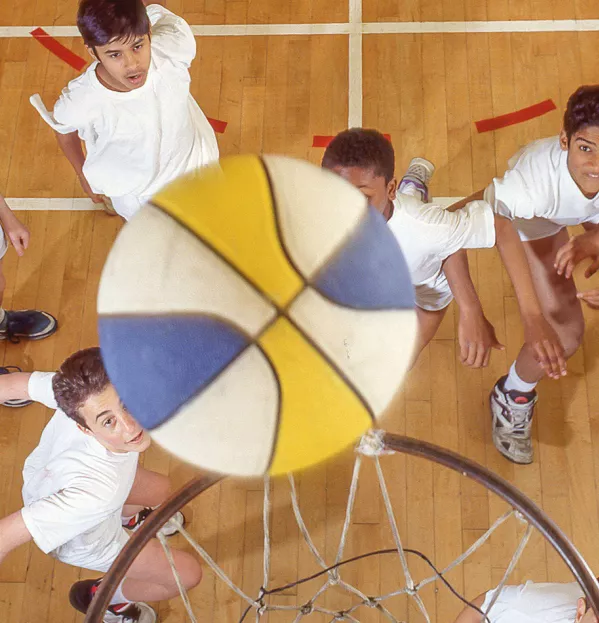Extracurricular activities are great fun for pupils and teachers - once the logistical sign-up nightmare is sorted, of course.
However, it is important that extracurricular activities are not just used as a chance to let off steam away from the “real” purpose of school but also link directly with a school’s overall ethos and aims for its pupils.
For example, in our school, we have nine strands that guide a holistic focus that we see as fundamental to pupils’ growth: collaboration, leadership, communication, confidence, resilience, engagement, decision making, recall of knowledge and creativity.
When we provide our extracurricular activities, we aim to deliver on these elements whenever possible, with leadership, decision making and communication being three in particular that lend themselves to the opportunities on offer.
For example, for leadership, we have moved beyond just having captains of sports teams and ensure that there are more roles available, such as organisers, coaches and administrators and, for our older students, coordinators.
This means we have designed activities that encourage pupils to take ownership of an activity and lead those around them.
They might be the kit person, who checks everything is ready for the session; the administrator, who takes registers and organises groups; the coach, who runs warm-ups or group practice; or a secretary, who makes posters and does marketing for the club.
For decision making, we might set scenarios for a team and get them to think of a strategy to solve an issue: there are two minutes left in a game of basketball, you are two baskets down and the opposition have the ball - what can you do to win the game?
Then we watch how they plan and make a decision regarding strategy, and then we see how it plays out. We watch how they adapt to the changing situation and how quickly and effectively they can make decisions on the fly.
In drama and music, we may pose questions about running orders, staging or choreography, and give pupils ownership over the decisions.
Lastly, we embed ideas about communication in activities by getting pupils to think about how they can achieve a goal without resorting to shouting. In other words, can they succeed when they are silent? And how successful can they be if they are all shouting? Which is best? What other strategies could they use?
This might mean that in sports activities, we run sessions where we limit the amount of communication between the pupils and then discuss whether this improves or hinders their effectiveness.
We also look for those pupils with really effective communication and get them to “teach” the others how they do it.
As noted, none of this is to the detriment of the other benefits that extracurricular activities offer - having fun and engaging with new experiences - but embedding learning opportunities that link to our school’s aims for our pupils helps to bring another dimension that means everything a child is doing is helping them to become the best they can be.
Philip Mathe is director of co-curricular provision at Brighton College Al Ain in the United Arab Emirates
This article originally appeared in the 5 November 2021 issue under the headline “Character building beyond the classroom”




